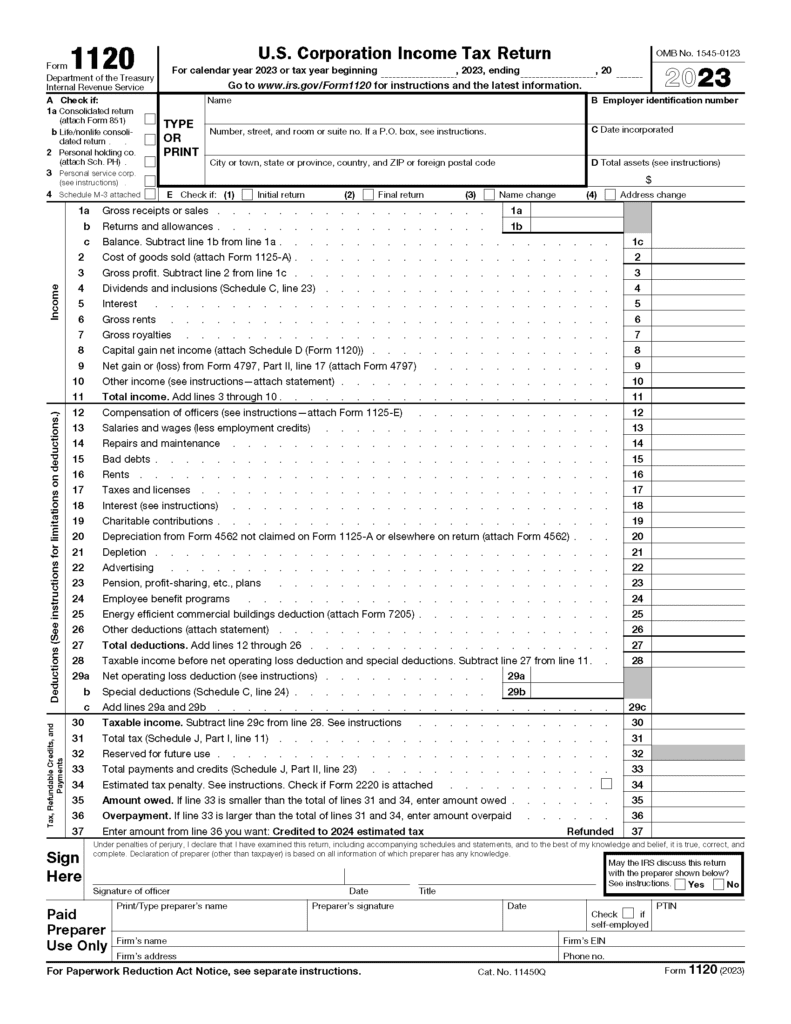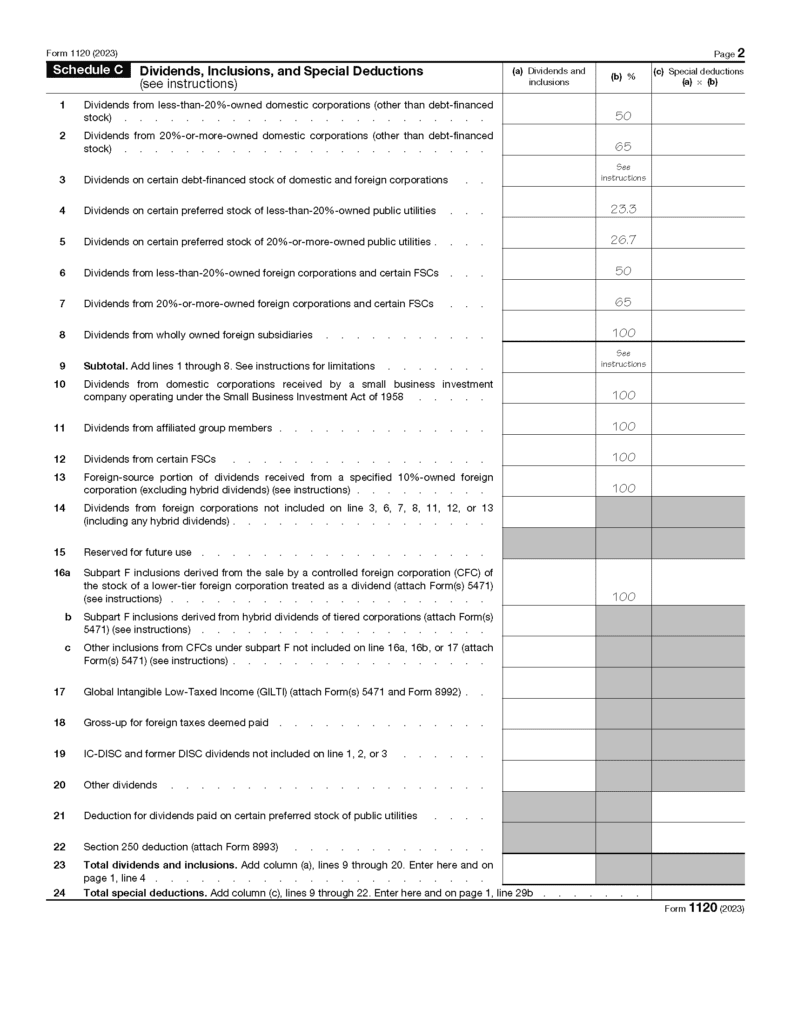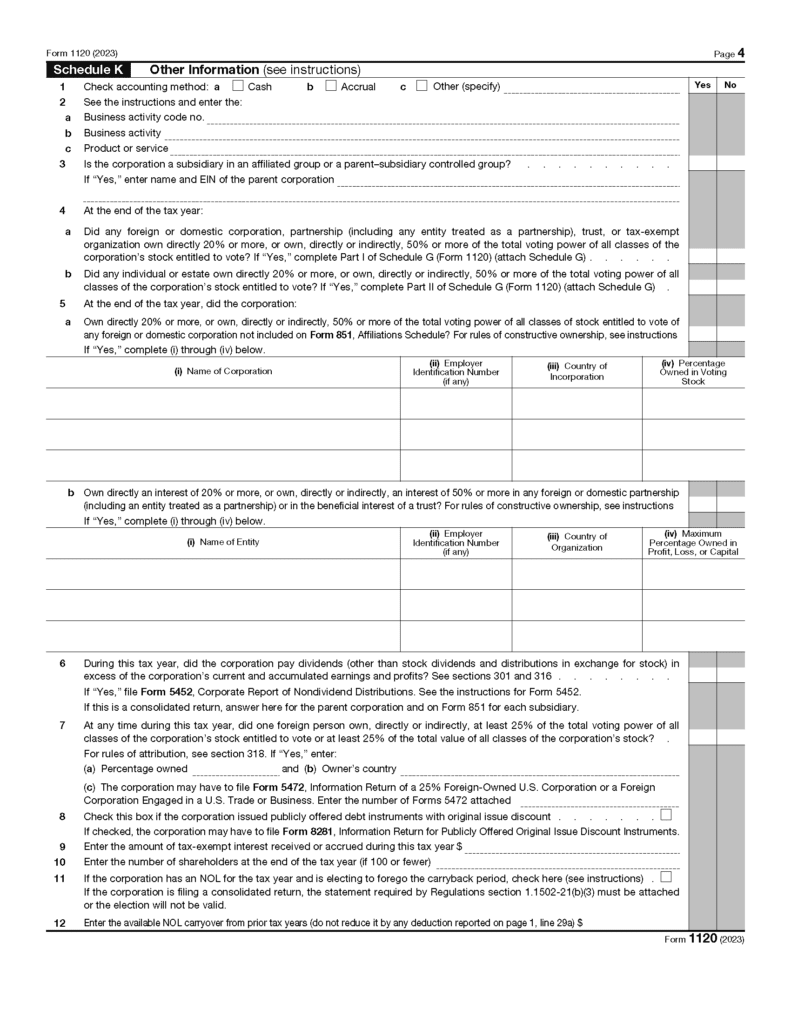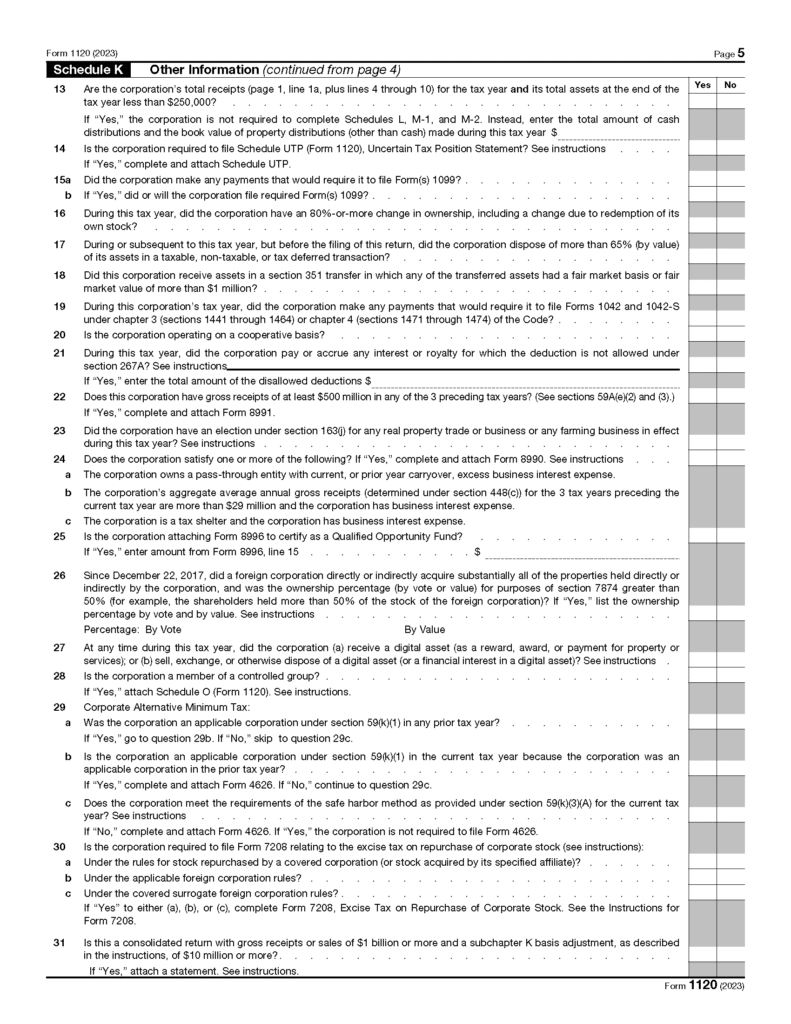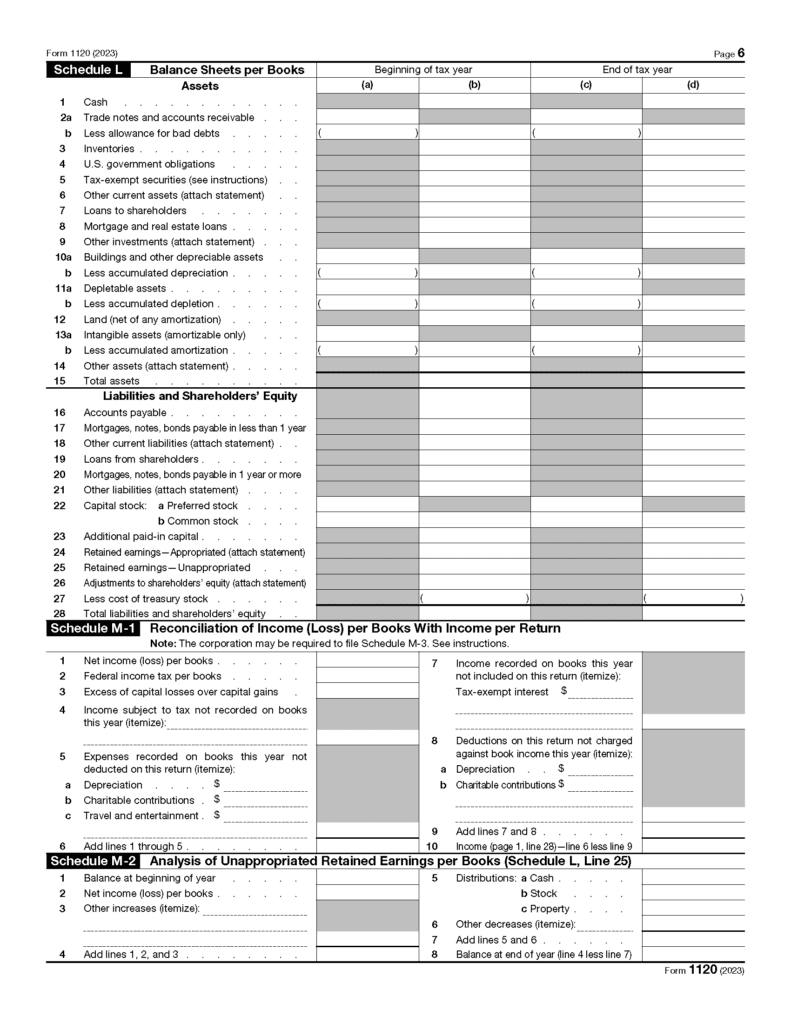When you hear or read about an individual spending two years in the slammer, you probably assume that person has committed at least a somewhat serious crime. Maybe Joe Schmo was hit with a Class D felony for speeding to elude police or possession of an assault weapon.
Would you believe, though, that starting in 2024, some business owners will be penalized with a hefty fine and up to two years in prison? For what? Not money laundering or tax evasion but willfully not complying with the soon-to-be-enacted Corporate Transparency Act (CTA).
If this is the first you’re reading about the CTA, you’re not alone — even though an estimated 32.6 million current businesses will be affected by it in 2024, many only recently became aware of it. Scheduled to take effect on January 1, 2024, the CTA was enacted as part of the Anti-Money Laundering Act of 2020 in the National Defense Authorization Act for FY 2021.
What is the purpose of the CTA? According to FinCEN, it is designed to protect U.S. national security and strengthen the integrity and transparency of the U.S. financial system. The agency believes the rule will help stop criminal actors, including oligarchs, kleptocrats, drug traffickers, human traffickers and those who would use anonymous shell companies, to hide their illicit proceeds.
The Act’s Beneficial Ownership Information (BOI) Reporting Rule mandates that applicable businesses submit identifying details into a federal database maintained by the United States Department of Treasury’s Financial Crimes Enforcement Network (FinCEN). The database, the Beneficial Ownership Secure System (BOSS), will only be accessible to law enforcement officials in the U.S. and internationally.
There is no fee for applicable businesses to submit their BOI to FinCEN and no annual reporting requirement. However, the CTA requires businesses to correct and update their report when necessary.

What is the Deadline for Reporting Beneficial Ownership Information to FinCEN?
Domestic and foreign reporting companies registered with a secretary of state’s office before January 1, 2024 must submit their initial BOI report to FinCEN by December 31, 2024. Reporting companies registered on or after January 1, 2024 must file a BOI report within 90 calendar days of either receiving actual notice that its formation has become effective or the secretary of state or similar office first providing public notice that it has been formed — whichever occurs first. FinCEN issued a final rule on November 30, 2023 that extended that filing day from its initial 30-day deadline.
Everyone makes mistakes, and business owners who voluntarily submit a report correcting any inaccurate data filed with FinCEN within 90 days of the deadline for their initial report have — according to Section 5336(h)(3)(C) of the Corporate Transparency Act — a safe harbor from TCA penalties. Individuals who do not comply with CTA requirements or willfully report inaccurate information are subject to civil and criminal penalties, including fines and possible jail time.
What is the Penalty for Willfully Violating the Corporate Transparency Act?
There are multiple answers to this question — CTA non-compliance may result in penalties, both civil and criminal. Here is a summary of those penalties straight from FinCEN:
“The willful failure to report complete or updated beneficial ownership information to FinCEN or the willful provision of or attempt to provide false or fraudulent beneficial ownership information may result in civil or criminal penalties, including civil penalties of up to $500 for each day that the violation continues or criminal penalties, including imprisonment for up to two years and/or a fine of up to $10,000. Senior officers of an entity that fails to file a required BOI report may be held accountable for that failure.”

The three types of BOI reporting violations subject to penalty consist of willful failure to file a report, providing false information and unauthorized disclosure of information. Corresponding penalties include:
Willful Failure to File a Report
Failure by a reporting company to file a required initial report could result in fines of up to $500 per day capped at $10,000 and up to two years in jail. However, subsequent events that would necessitate an amendment to such required but missing filing — had the initial report been submitted — also accrue.
That means that failure to file an initial report may result in aggregate fines accruing well in excess of $10,000 (prior to an initial notification of violation coming from FinCEN to the reporting company). Also, when you do not report BOI to FinCEN or omit necessary information, it’s more likely that federal authorities will investigate your company and its business practices.
Providing False or Inaccurate Beneficial Ownership Information
Reporting companies knowingly providing inaccurate or false BOI could be subject to the same penalty of $500 per day (up to $10,000) and up to two years in prison. That’s also the case for reporting companies willfully failing to update or correct such false or inaccurate information.
Unauthorized Disclosure of BOI
This type of CTA violation can come with a steeper monetary penalty. An individual or reporting company that accesses information from BOSS without proper authorization and without disclosing it may be penalized with not only the $500 per day fine — up to $25,000 — but also five years in prison. If that entity is violating another U.S. law or has a pattern of illegal activity involving more than $100,000 in a 12-month period, the beneficial owner could receive a fine of up to 500,000 and 10 years in prison.
Conclusion
Getting jail time for failing to report information to the U.S. government might seem like a steep penalty, but the punishment for CTA violations is part of enforcing the new law. If you’re unsure of how the CTA and BOI might affect your business, the multidisciplinary team here at 3Sixty Advisors can work with you to ensure your filing is timely and accurate. Contact us today to schedule a meeting!



